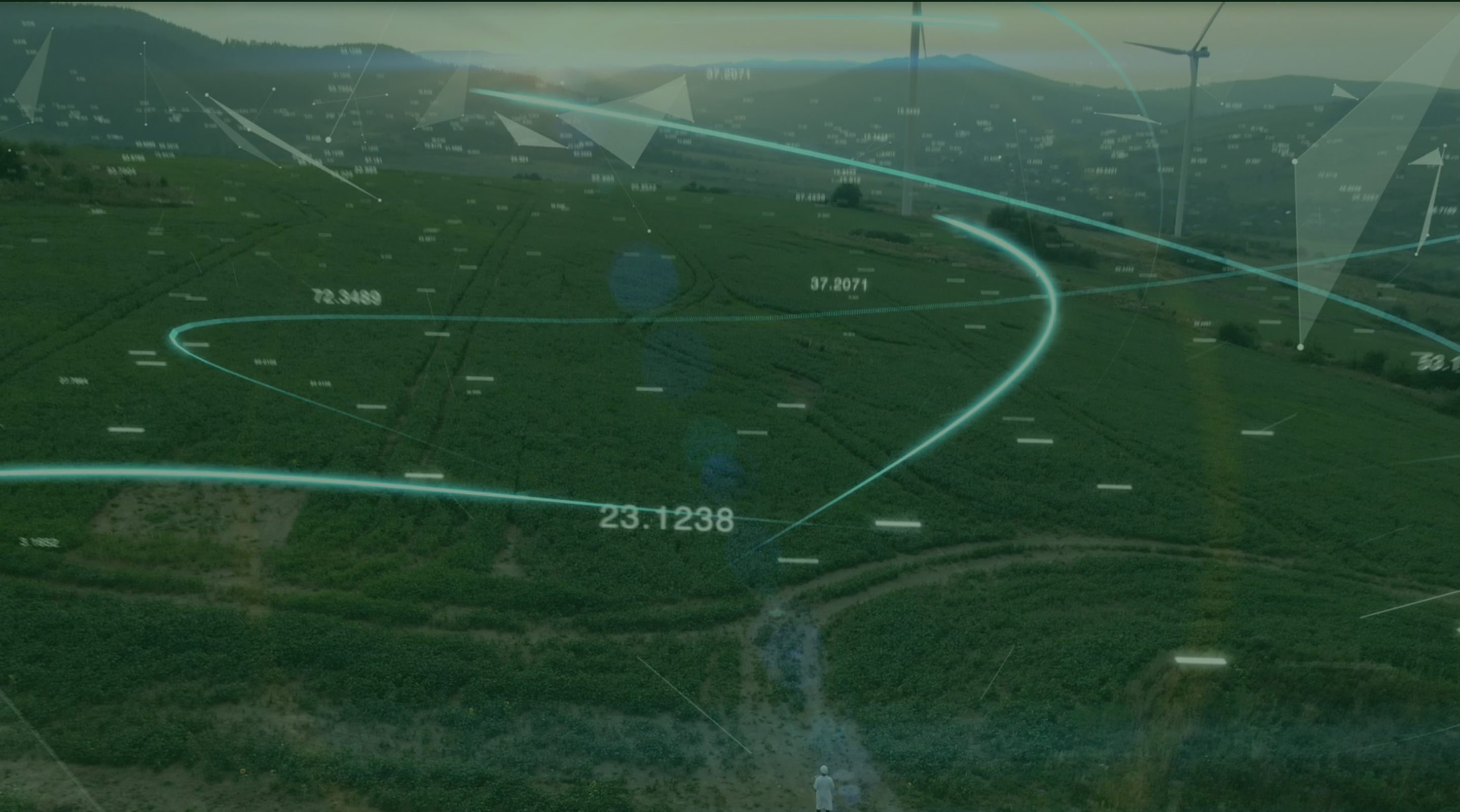
Article posted by
2021 is set to be another huge year for renewable energy as consumer demand grows and state policies change. But clean energy still needs deploying of course, and its transmission is often over longer distances than traditional power, given the nation’s renewable energy sources are often far from our cities. Supplying commercial and residential electricity is still performed via systems that have been in place for 50 years or more, and upgrading an infrastructure that crosses hundreds of regional, state and local authorities is a huge challenge.
Despite the global pandemic twisting the figures for 2020 with many businesses closed for long periods, the EIA is predicting that total electricity consumption will rise in 2021. Q1 is forecast to be colder weather than last year, and a permanent move to working from home for many will see increased domestic demand. Fortunately, advances in tech, changes in policy, and investment in projects look like they are here to help evolve the sector, so the coming years could be an exciting time in the power delivery space.
The new administration
The incoming Biden administration should be the catalyst for transition and convergence in the energy sector. They have pledged to re-join the Paris Agreement on day one, roll back a number of the barriers created over the last four years, and steer programs and initiatives away from fossil fuels and towards renewable energy. The power and utilities industry will have a major part to play in any transition, especially as Biden has directly mentioned modernizing the infrastructure. With net-zero emissions targets on the horizon and an alleged $2 trillion ready for investment, we are expecting considerable activity and opportunities in the power delivery industry.
New technologies
While the coronavirus pandemic forced Utilities workers to adapt quickly to a remote working model much like every other sector, the knock-on effect on frontline roles was significant, from data analyst teams not being able to work together to prioritize faults and repairs, to repair crews potentially being exposed to the virus on low-priority work. The introduction of automated data analysis meant that the least important data could be reviewed digitally, with human intervention only necessary for higher priority work. This kept critical workflows in place, while safeguarding utilities workers from unnecessary risk. A similar AI was deployed for inspection processes, with data engineers using machine learning to spot common faults such as blown fuses in images. The N.C. Clean Energy Technology Center reported that 47 states made 446 actions related to grid modernization in Q1 2020. These included drone inspections to assess maintenance; AI to predict weather events to mitigate against wildfires; upgrades of cyber defenses; and the introduction of tech to assess the condition of assets to help timescale their replacement.
Hiring trends
There have been a number of large-scale projects in the industry that are set to complete or expand over the next year, aside from any major transition that the new administration might put in motion. The AVANGRID BES upgrade in 2017 has been one such program that has included the upgrading of 46 substations at varying voltage levels and 271 miles of transmission lines in New York and Maine. One recent study has shown that a potential macro grid across the Eastern United States could create six million jobs in the region over the next decade, and if projects of this magnitude are launched, the sector will see huge activity in hiring. At the moment, we are seeing evidence of high demand for senior executives, with companies paying more to secure the services of senior operations professionals. In other areas, there has been more seasonal demand – in the first half of 2020, CM/PM and Ops experts were much sought after, then later in the year, demand switched to Estimation/Engineers and Pre-con roles. It remains to be seen whether this seasonality rings true in 2021, but we are braced for demand across the board in what could be a significant year of progress for the industry.
Want to learn more about these key trends for the Power Delivery sector? Get in touch with Matt Brown - matt.brown@wearero.com or view our latest roles here


